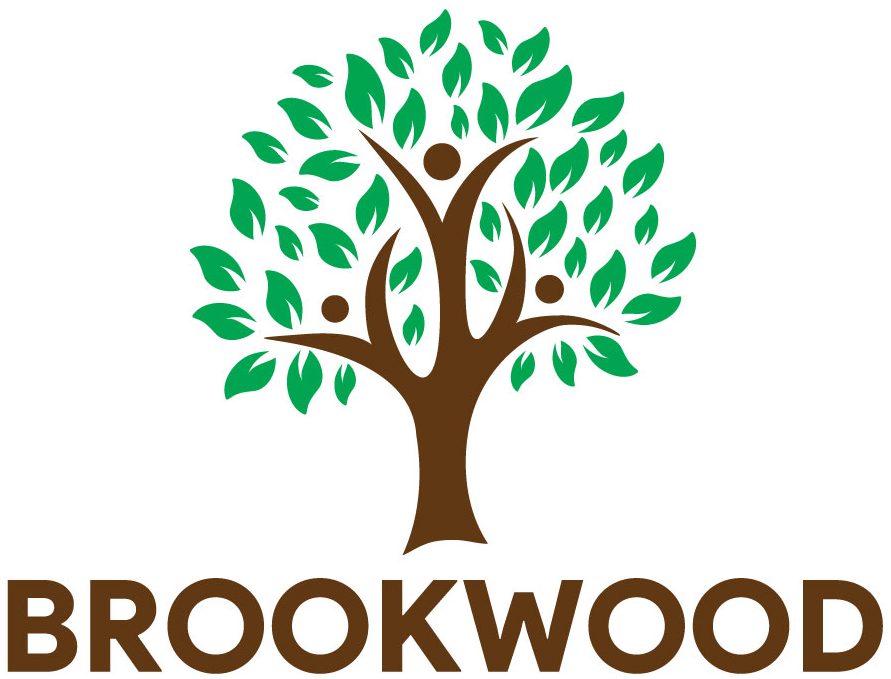Starting a wine label in the U.S. means juggling vines, paperwork, glass, and buyers. Vines keep farmer’s hours; invoices do not. Here’s a practical six-step path from first fruit to first reorder.
1. Choose your production model early
Make the call early on renting cellar space or buying tanks and a press. Plenty of first-time producers lean on a contract winery to handle crush, fermentation, and storage while they keep their attention on fruit, style, and customers. As a trial, run 500 cases in Sonoma County in Year 1 to confirm demand, then look at leasing in Napa or Paso Robles once the numbers pencil.
2. Lock in fruit and the style you want
Secure grapes months before harvest and define what you’re making. For a debut Pinot Noir, lock in 3 tons from the Eola-Amity Hills AVA at $2,500 per ton, aim for 23.5 Brix, and map a 30 percent whole-cluster ferment. That set of choices leans toward a red-fruited, savory profile you can bottle by spring without rushing.
3. Put permits and compliance on a timeline
Licensing unfolds in a specific order, so treat it like a project plan. Start with the TTB Basic Permit and bond, then label approvals, then state shipping. A California producer typically pairs a Type 02 Winegrower license from the ABC with TTB COLAs, then adds direct-to-consumer permissions for New York and Florida. Using TTB’s Permits Online alongside Sovos ShipCompliant, allow 60 to 120 days before you can legally sell.
4. Design a package that looks good and ships clean
Build a look that survives July and a UPS truck. Pick a 420 g bottle instead of the trophy-weight glass so a 12-bottle case stays under 36 lb, a weight that can lower FedEx and UPS tiers when July turns sticky. A typical materials breakdown lands near glass $1.05, cork $0.20, capsule $0.12, label $0.18, carton $0.70. That still leaves room to brief a firm like Stranger & Stranger without shredding your margin.
5. Split sales channels and fund what works
Define where the first dollars come from and how you’ll measure them. Stand up a Shopify site with Stripe and an age gate, then host a pop-up tasting in Austin with a partner restaurant to collect early subscribers. Add a small Colorado distributor for by-the-glass placements, and target a mix near 60 percent direct, 40 percent wholesale, with a 120-member club that ships three bottles in April and October. Spend $2,500 over 60 days on Instagram and Google Search in Austin and Denver, then stack the cost per signup against a Saturday tasting at a Dallas retailer. Keep the winner, cut the rest.
6. Guard quality, inventory, and cash like they pay the rent
Wine dislikes heat, oxygen, and sloppy records. Store pallets at 55°F in a bonded warehouse in American Canyon, tag lots with scannable codes, and use cold-chain shipping from May through September. Set distributor terms at Net 30 with clear chargeback rules. For a 500-case run, model revenue at a $32 direct average and an $18 wholesale price against a $9.50 per-bottle COGS, then schedule deposits for glass and fruit so the bank account doesn’t age faster than your Cabernet. A simple Google Sheet to log pick dates, fermentation temps, SO2 adds, and tasting notes will spare future-you some guesswork.
A vibrant wine startup rewards clear choices and steady execution. Pick the model, secure the fruit, respect the calendar, then let good packaging, clean data, and real customers shape the next vintage. Grapes will ignore your spreadsheet; your buyers, thankfully, won’t.


